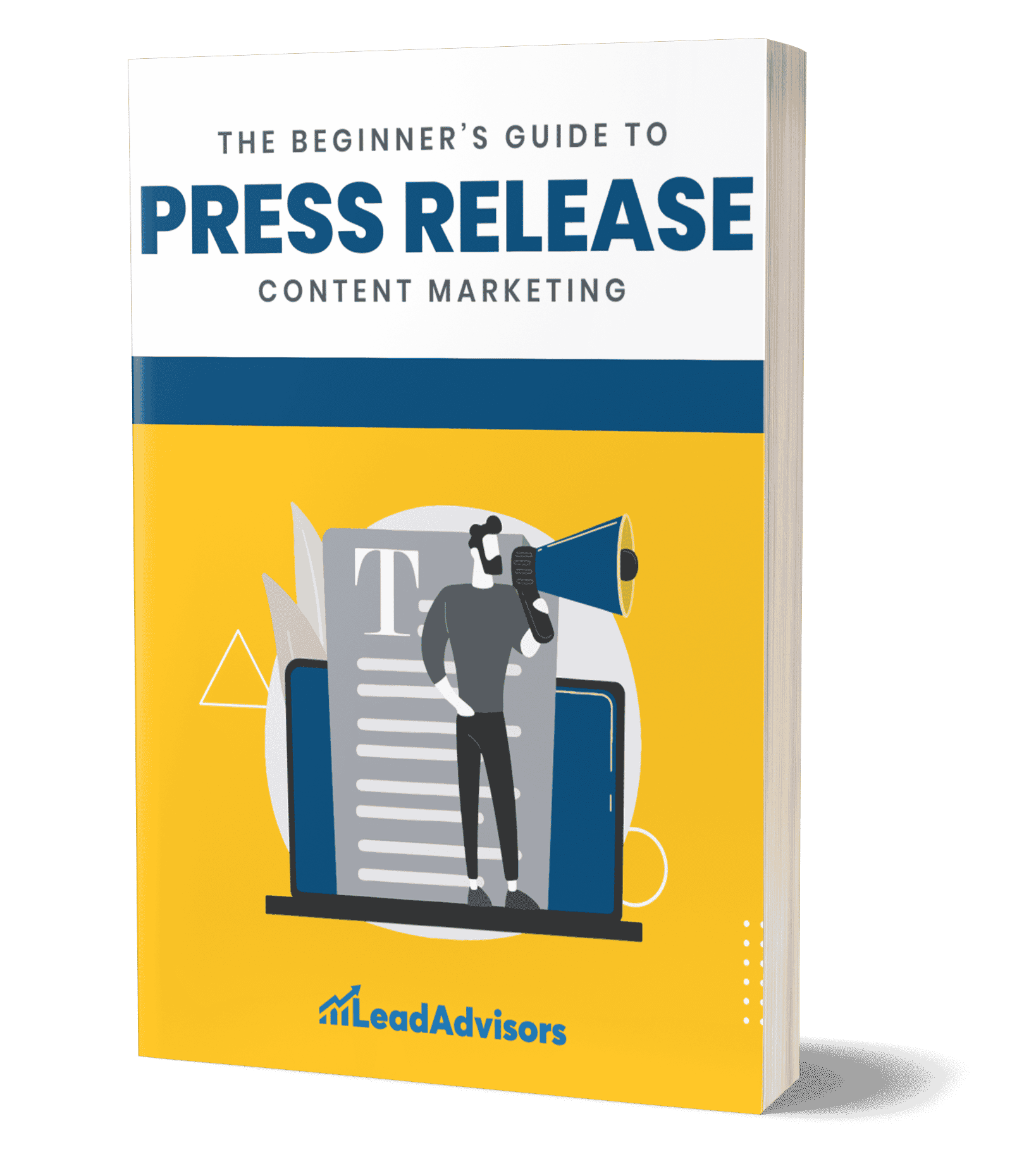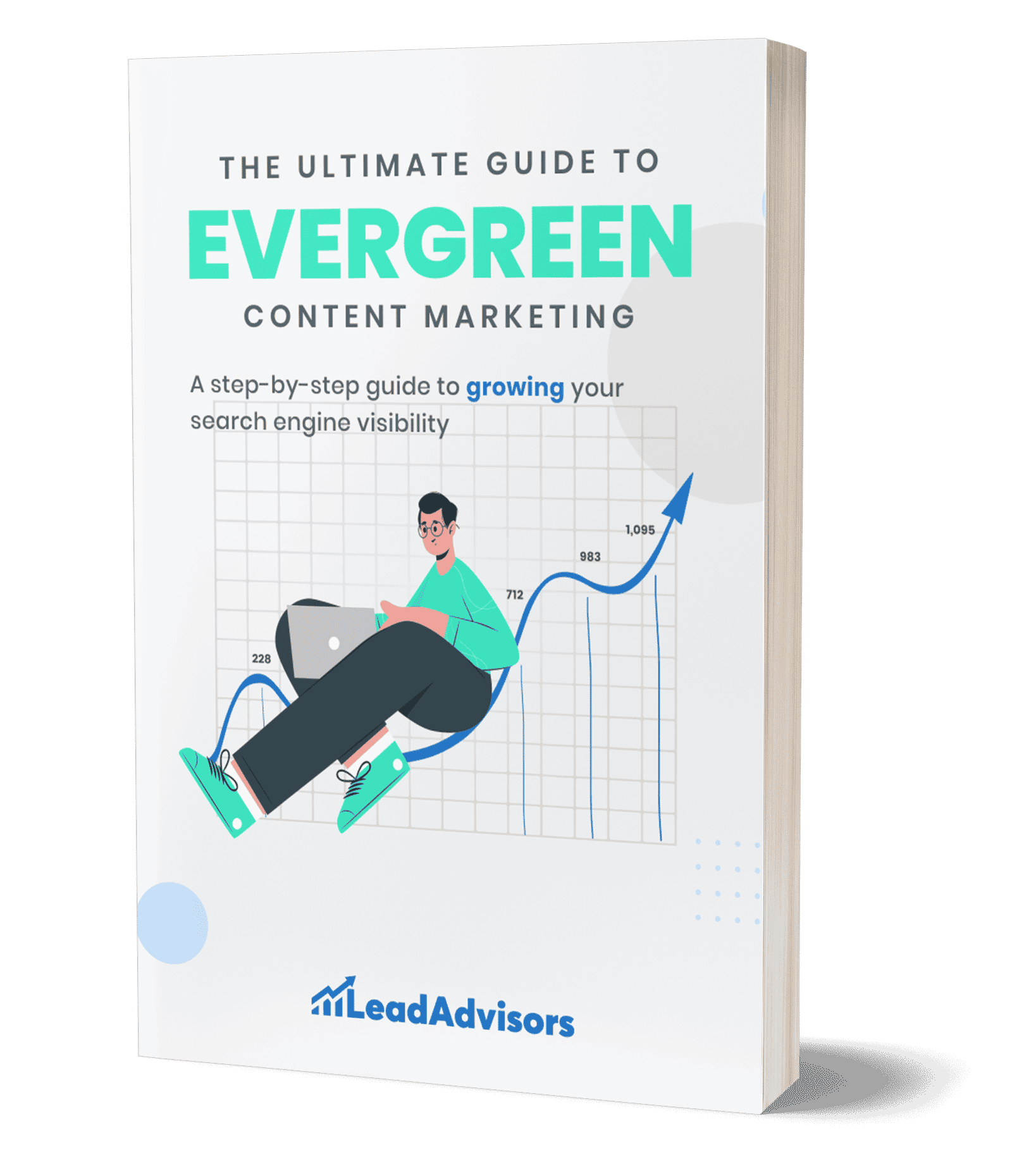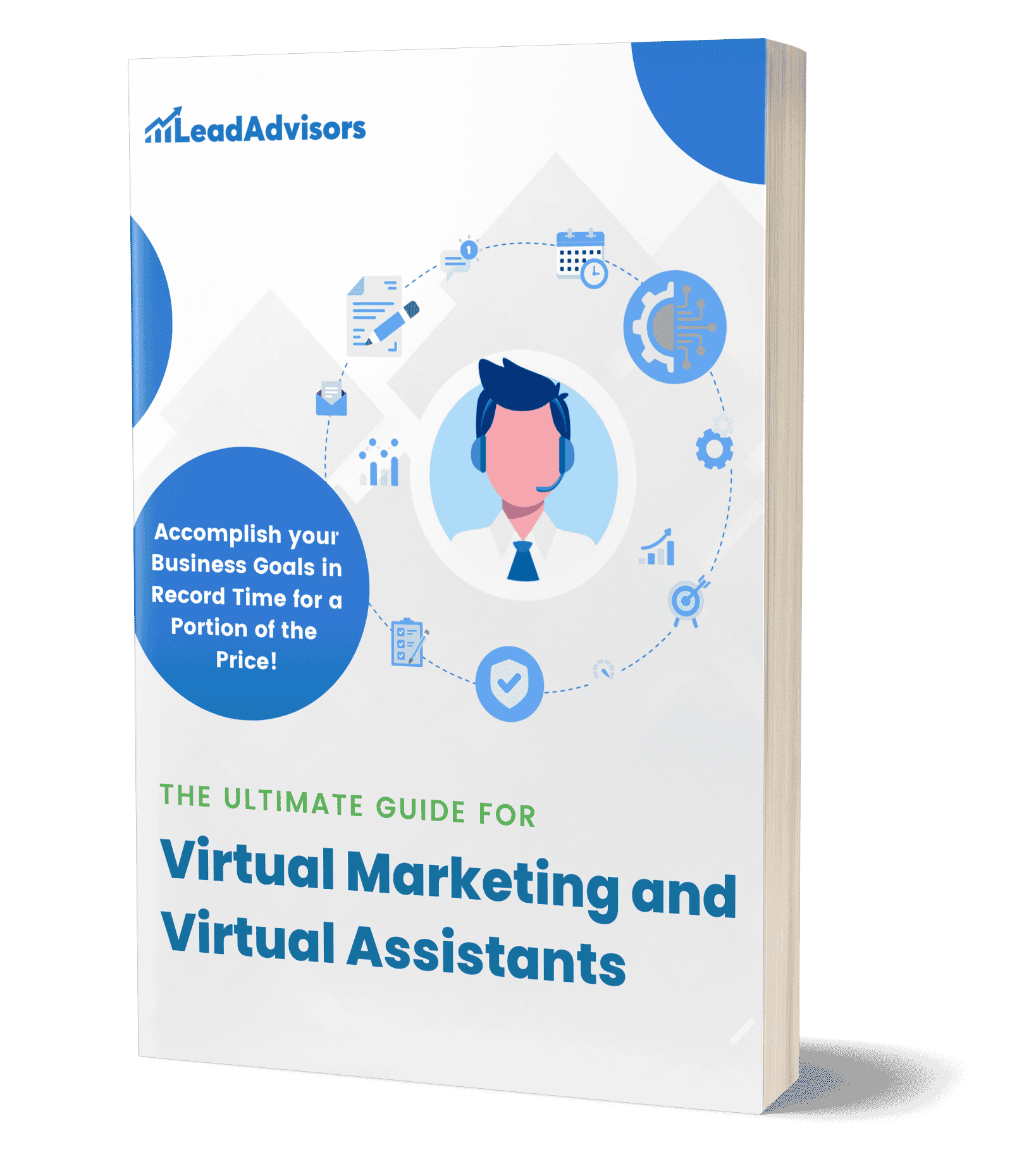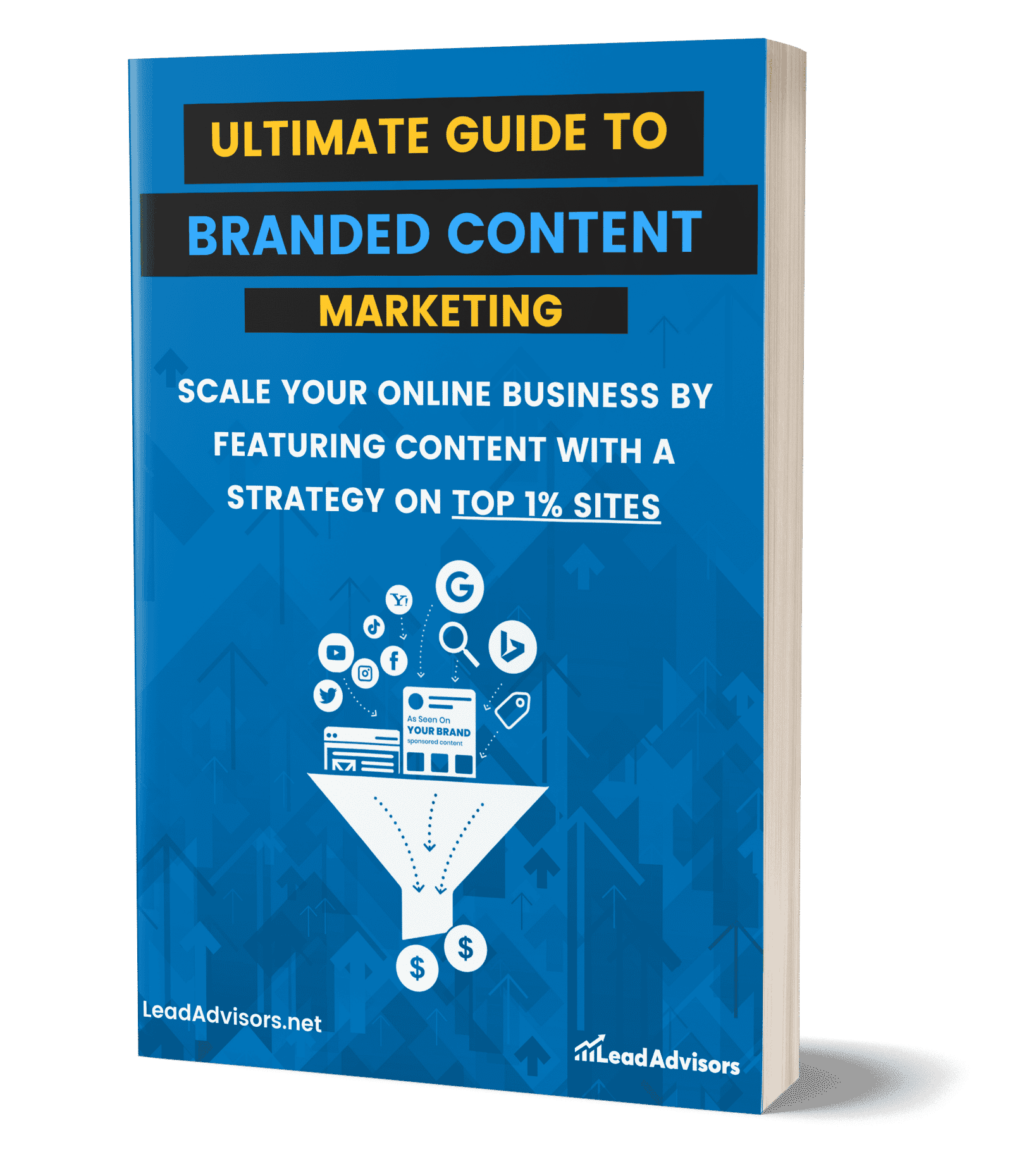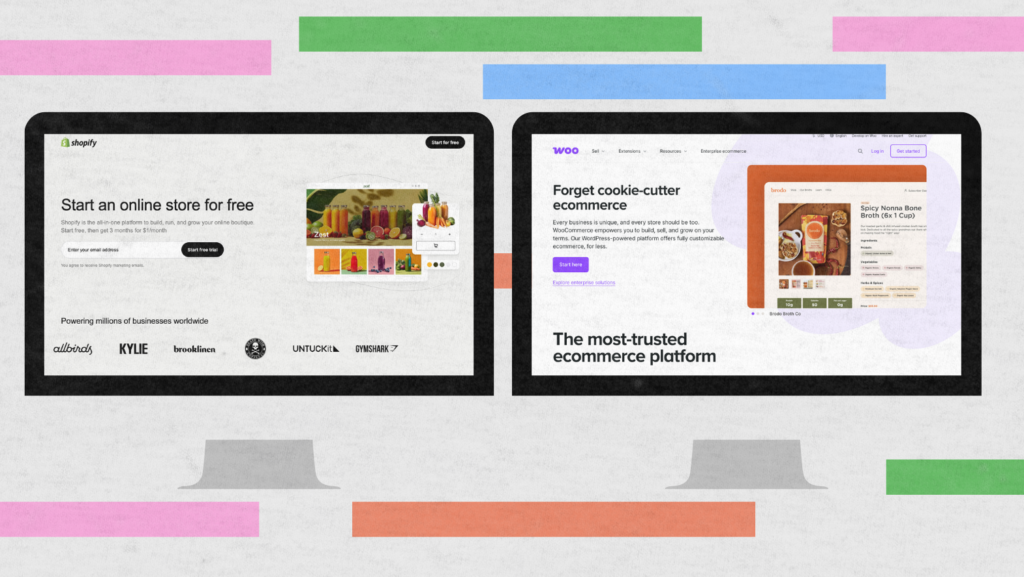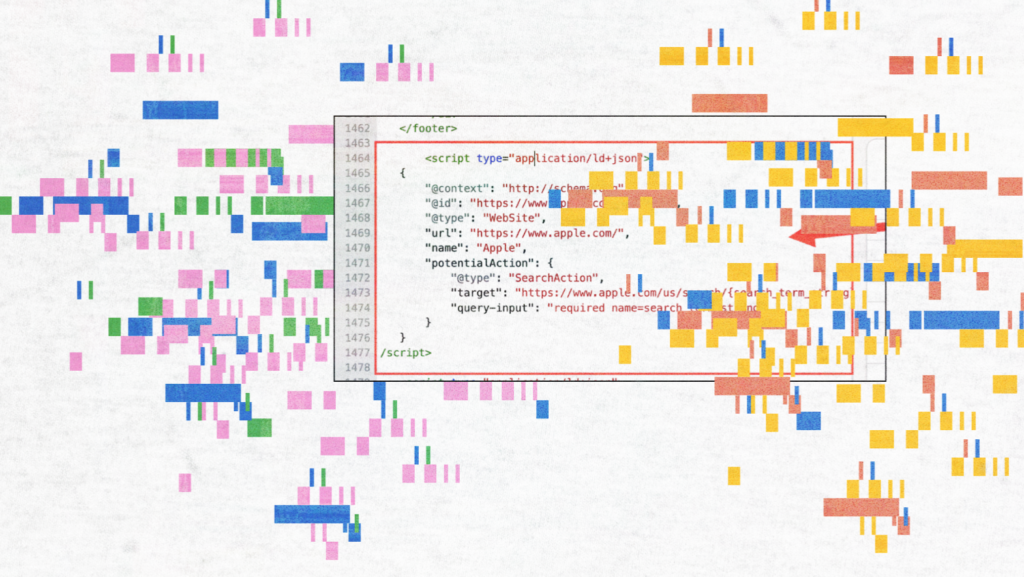Live transfer leads are changing the game in 2025. Instead of chasing cold form fills or hoping someone answers an email, you’re instantly connected to a real person who’s ready to talk – right now.
People want conversations, not contact forms. That’s why more businesses and insurance agents are shifting from old-school PPC to real-time, voice-based leads.
In this guide, I’ll explain how live transfer leads work, the different types, the tools to use, staying compliant, and boosting ROI.
Looking for ready-to-buy leads? Start here.
What Are Live Transfer Leads?
Let’s break it down. Live transfer leads are real-time, qualified prospects who connect to your sales team over the phone, right as they’re showing interest. No delays, no chasing. A real human, with real intent, is routed directly to you while the conversation is hot.
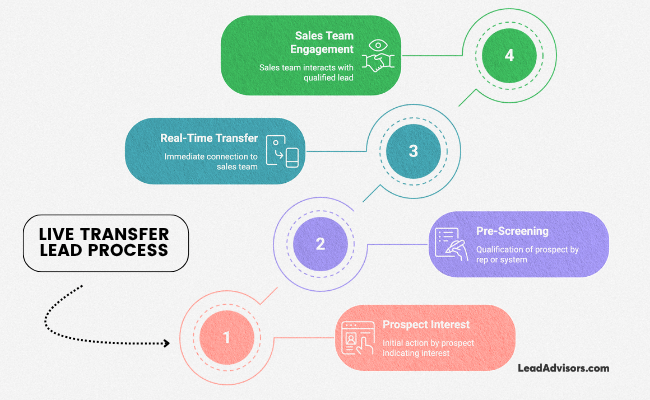
Unlike traditional internet leads that sit in your inbox or CRM until someone decides to follow up, live transfers skip the wait. You’re instantly on the line with someone who’s already asked for info, been screened, and is ready to talk.
Here’s how they stack up against the usual suspects:
- Cold form leads: These folks filled out a form… sometime last week. Now, they might not even remember doing it. You’re starting from scratch.
- Email opt-ins: They downloaded your freebie, but that doesn’t mean they’re ready to buy insurance or even hop on a call.
- Shared marketplace leads: These are sent to multiple agents, and it’s a race to call first, while the prospect gets overwhelmed with pitches from other agents.
With live transfer leads, you get a direct line to someone pre-screened and primed for a conversation. It’s faster, more personal, and more productive for your sales process.
Benefits of Live Transfers Over Traditional Lead Gen
If you’ve been working with form fills, email lists, or shared leads, you know the struggle: low pick-up rates, missed timing, and prospects who forgot they signed up. That’s where live transfer leads truly shine.
Here’s a quick breakdown of why they’re such a valuable opportunity:
| Benefit | Traditional Lead | Live Transfer Lead |
| Speed | Hours/days to reach | Instant connection |
| Contact rate | 15–35% | 100% (they’re already on the call) |
| Conversion rate | 3–5% | 15–30% |
| Exclusivity | Often shared | Usually exclusive |
| Lead quality | Low-intent | High-intent |
| Sales rep experience | Frustrating | Way more efficient |
It’s not just about speed – it’s about quality conversations with interested prospects who are actually ready to listen and take action. Your sales team won’t waste precious time chasing voicemails or sending “just checking in” emails.
Want leads that convert 10x better? Book a demo.
Types of Live Transfer Leads
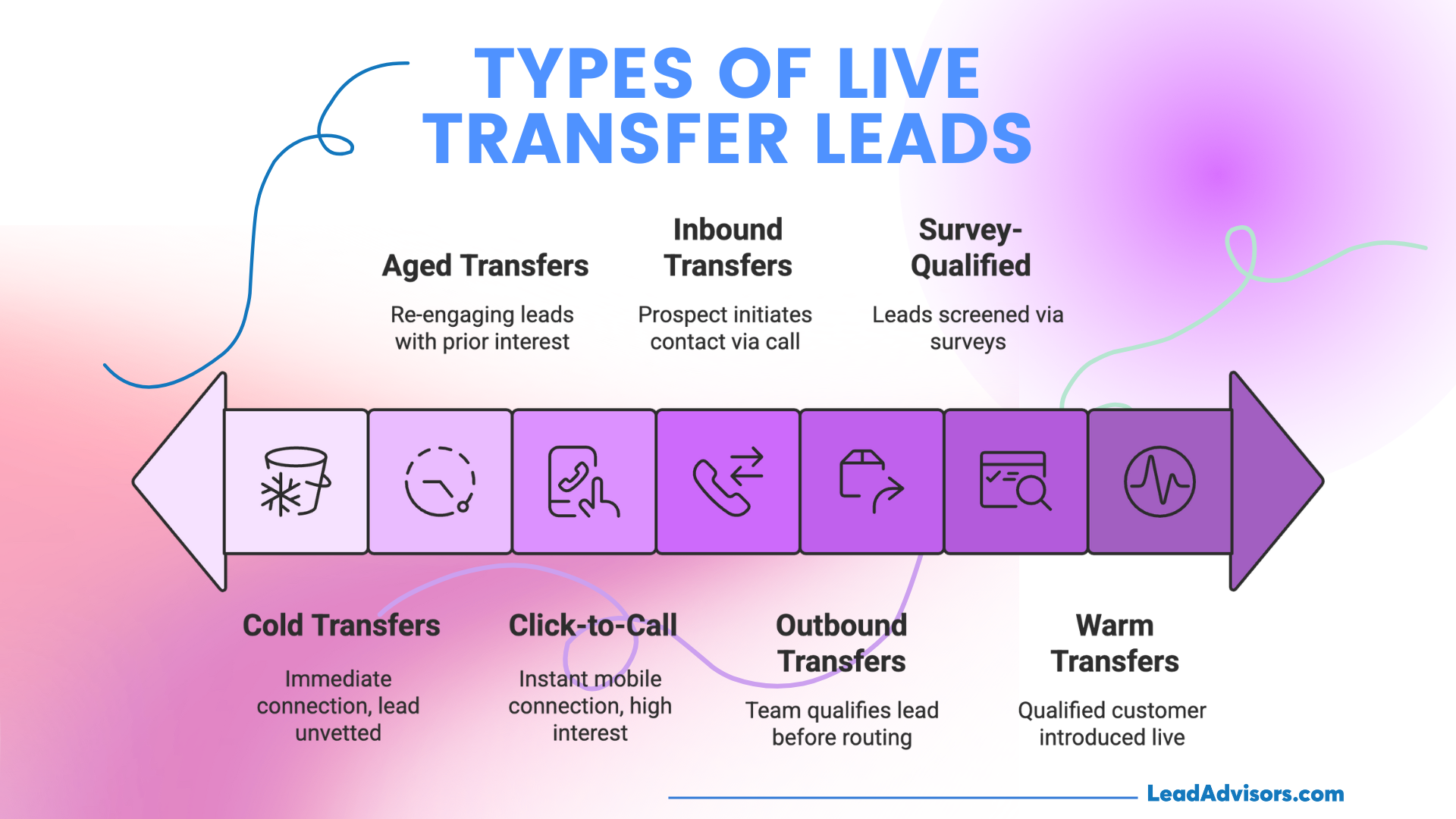
Not all live transfer leads are created equal – some are piping hot, and others need a slight warming up. Knowing the difference can make or break your sales process. Live transfer leads by qualification are broken down in detail here if you want to dive deeper.
Here’s the quick version:
- Warm Transfers: The dream scenario. A potential customer has been qualified, and you’re introduced while they’re still on the line.
- Cold Transfers: Less prep, more hustle. You’re connected immediately, often before the lead has been vetted.
- Inbound Transfers: These are live calls from prospects who initiated contact (think ads or landing pages with a “call now” CTA).
- Outbound Transfers: They are run through your offer on a form or a call, and then your team connects with them on a live transfer.
- Click-to-Call: A feature that’s built from a mobile-first mindset that enables people to tap and call directly from an ad or site. Real-time, high interest.
- Aged Transfers: Not brand-new, but still valuable – these leads showed interest previously and are being re-engaged.
- Survey-Qualified Transfers: Leads screened through surveys, often in insurance or finance niches, before being routed to you.
Each one serves a different purpose depending on your business model and sales team bandwidth.
Read More: Lead Qualification: 7 Types of Live Transfer Leads That Actually Convert
Best Industries for Live Transfer Campaigns
Not every business needs to jump on the live transfer train – but for the right industries, it’s a total game-changer. These are the sectors where real-time conversations with interested prospects lead to higher conversions, faster closes, and happier sales teams.
Debt Relief & Tax Settlement
Debt relief companies use live transfer leads to connect directly with consumers actively seeking to resolve their financial burdens. When urgency and timing are critical, live transfers for tax relief and settlement can significantly improve conversion rates.
Health & Life Insurance
Companies like State Farm and Prudential rely on live transfer insurance leads from online ads to instantly connect people with licensed insurance agents. While standard conversion rates sit around 5–7%, some agents close more than 40% of these live calls thanks to the immediate interaction.
Solar & Home Services
Brands like Sunrun and Vivint Solar use call centers to route pre-qualified homeowners to reps in real time. Most home services average 3–5% conversions, but live transfer campaigns that target motivated homeowners often double those numbers.
Mortgage & Real Estate
Rocket Mortgage connects with buyers moments after they’ve been pre-qualified. That speed helps them close deals faster, improving typical real estate conversion rates of 3.8% to 6.6% and making the most of every lead. There are models in the mortgage space that achieve high engagement, as seen with 100% contact rate live transfers.
For a closer look at success in this niche, check out our results from mortgage live transfers with 100% contact rate guaranteed.
Legal Services (Mass Tort, SSDI)
Westpark Communications helps law firms capture every claimant through 24/7 live transfer intake. For cases potentially worth $50K to $150K, catching leads at the right moment increases the chance of signing them, far surpassing the usual 3–5% industry averages.
Addiction Treatment & Rehab
American Addiction Centers (AAC) connects individuals seeking help with admissions staff via live transfers, sometimes within seconds of the initial call. This approach boosts intake rates, helping facilities reach 5% to 10%+ conversions in a deeply sensitive space.
B2B (MCA, Loans, SaaS)
Rapid Finance and Salesforce use live transfer campaigns to engage decision-makers when interest is shown. While traditional B2B efforts convert around 2–3%, live transfers can lift those numbers by up to 7.9x and shave a week off the sales cycle.
High-ACV Local Services (Medical Alert, Security Systems)
Life Alert and ADT Security rely on live transfer leads to connect safety-conscious customers directly to reps. While high-ticket services like these typically close at 4–6%, real-time connections help push those numbers even higher by reaching people when urgency is fresh.
Bottom line? If you’re in a high-value industry and tired of wasting time on leads that don’t convert, real-time live transfers could be your best move.
Read More: Best Live Transfer Campaigns
How to Qualify a Live Transfer Lead in Real Time
Once the call connects, it’s go time. Success is all about speed and structure.
Effective live call handling often reflects how well teams are trained to improve call center customer service in real-time interactions.
As outlined in most call center training guides, preparing agents to manage high-intent calls still depends on thorough onboarding.
Hiring reps familiar with live call pacing often involves screening with focused call center interview questions about urgency and resolution handling.
So, how can you ensure your team nails it?
Sample Script for Pre-Qual Reps (Before Transfer)
These folks are the gatekeepers. They warm up the prospect, confirm intent, and make sure it’s worth your closer’s time.
Example script:
“Hi, this is Dana from [Agency Name]. I noticed you were looking for help with [Debt/Insurance/Solar]. Just to confirm, are you still interested in speaking with a licensed expert today?”
Follow up with 2–3 quick qualifiers:
- Are you the decision-maker?
- Are you currently insured/employed/own the home?
- What’s your monthly budget or timeline?
If the interest is real → transfer the lead.
Sales Rep Checklist on Connection
When the transfer lead hits your line, your rep should:
- Confirm identity and intent (“Thanks for holding, I hear you’re looking into X?”)
- Reinforce the worth to cement what the first rep has opened.
- Ask 2–3 more questions to customize the pitch.
- Soft qualify for offer fit, budget, and timing.
- Set the next step: book, quote, or close
Remember, it’s a valuable opportunity – don’t wing it.
Use CRM Triggers to Stay Sharp
Once the call is over, your CRM should automatically:
- Score the lead based on responses
- Segment by product/service interest
- Tag for follow-up or re-engagement campaigns
These small touches help you keep your pipeline clean and conversions high.
When to Disqualify
Not every lead is worth your team’s time, which is a valuable commodity. If they’re not a basic fit (wrong geo, no budget, no authority), disqualify fast and politely. This keeps your sales process lean and your reps focused on qualified leads.
The bottom line? Treat every live transfer like a VIP guest – you only get one shot to connect, qualify, and close.
Top Lead Qualification Frameworks for Live Calls
When you’re working with live transfer leads, there’s no time to guess. You need a clear structure to guide the conversation, qualify quickly, and determine whether this potential customer is a fit or a pass.
This is where lead qualification frameworks come into play. These models provide your sales team with confidence, enable you to ask intelligent questions, and keep you from squandering your time with the wrong prospects.
Here are some of the best frameworks to use during live calls:
| Framework | Best For | Key Question to Ask |
| BANT | Warm leads | “What’s your budget range?” |
| CHAMP | Inbound or Cold | “What’s the #1 issue you need help with?” |
| MEDDICC | Aged / B2B | “What metrics will this solve for your team?” |
| SPIN | Inbound leads | “What happens if you don’t fix this soon?” |
| FAINT | Unaware prospects | “Do you have funds and interest to act today?” |
All of these frameworks have a time and place depending on the lead source, the reason for the live transfer being triggered first, and the customer’s stage in the sales process.
Whether your staff is qualifying on inbound calls, aged transfers, or fast-moving click-to-call leads, these resources will make your team’s eligibility process that much faster and smoother.
Where Live Transfer Leads Come From (Sourcing Channels)
The trick is aligning campaign creatives with a seamless call flow that connects prospects to a rep without delay.
In some cases, artificial intelligence tools assist in analyzing agent performance and streamlining call workflows.
Outsourced partnerships, especially those involving Philippines call centers, continue to play a role in scaling live transfer operations.
Below are some of the best live transfer-producing sources:
Paid Ads (Meta, Google, Display, TikTok)
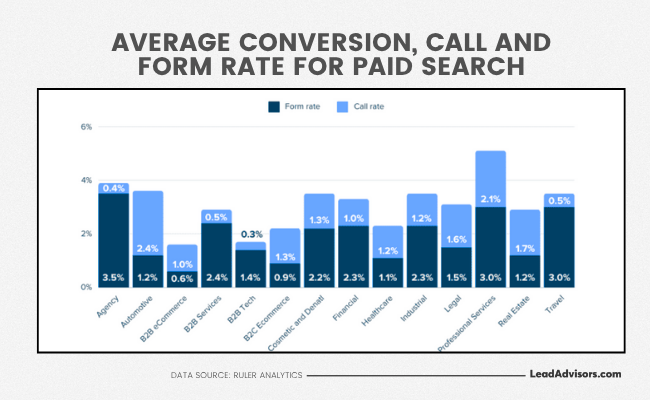
It’s true that paid campaigns still reign in terms of speed and scale. Meta, Google Search, TikTok, and YouTube are among the ways that advertisers can efficiently reach high-intent prospects. Whether it’s a search ad for “best insurance near me” or a video on TikTok with a tap-to-call button, these campaigns consistently generate inbound calls that are more likely to convert.
The trick? Connecting cutting-edge creatives with seamless call flow that results in an instant lead transfer to your rep.
SEO + Native Editorial Content
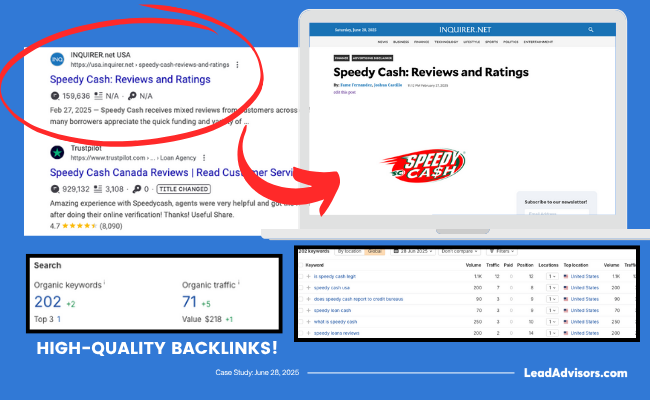
Search-optimized blog posts, review articles, and comparison pages are gold mines for live transfer leads. When someone is actively researching “best debt relief companies” or “top solar providers,” and lands on your affiliate editorial review, they’re already halfway sold. These warm internet leads are educated, pre-qualified, and ready to speak with a pro.
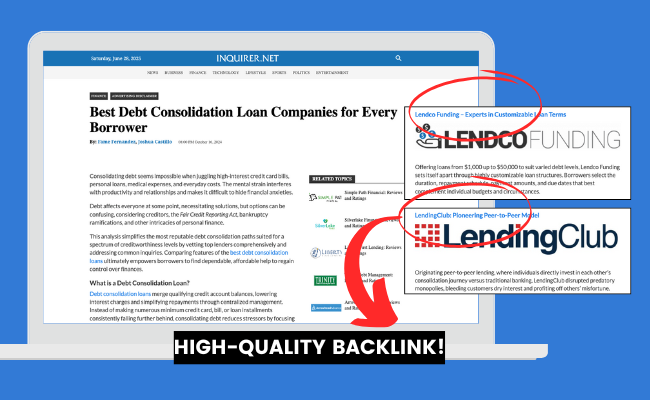
Direct Mail → Phone Call → Transfer

As sensationally as it sounds, direct mail is not dead, especially in industries where trust is paramount. Mailers offering eye-popping deals, a toll-free phone number, and urgency-infused language spur recipients to pick up the phone.
Once on the line, they are qualified and transferred live to your sales centers. This channel is especially successful in insurance, mortgage, and solicitation, as a personal touch still has value.
Radio/TV Ads → 800#

You may have heard or seen those “Call now!” daytime radio or TV commercials. Such ads can generate a deluge of calls, especially for urgent or emotional services like addiction treatment, legal claims, or security systems.
When the caller dials that 800 number, they’re routed through a call center, prescreened, and finally transferred to the correct agent. This specific channel is a good fit for people who are a little older or for groups that are less likely to click on a digital ad.
Email & SMS Campaigns
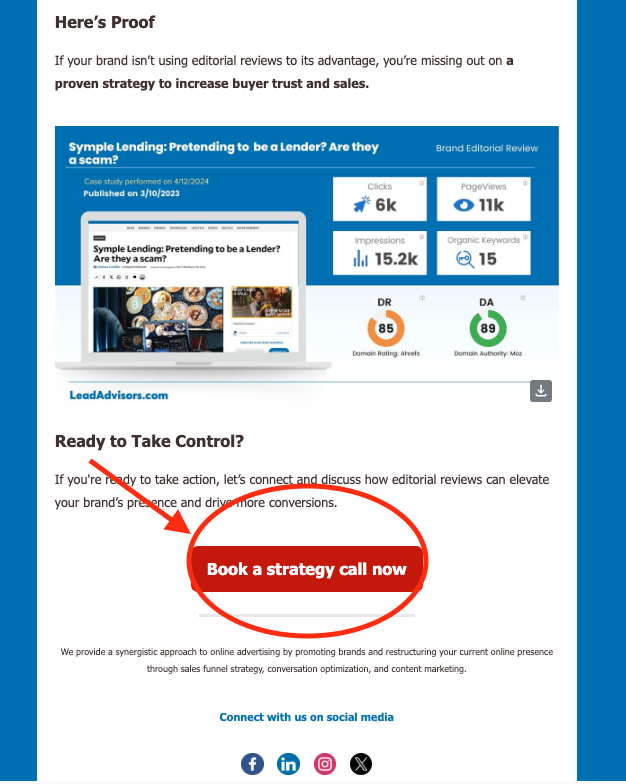
Re-engaging leads from previous funnels? Focused email and SMS campaigns, complete with a killer CTA (something like “Call now for your free quote” or “Speak with an agent today”), can rekindle those contacts.
Those incoming transfers are great for flash offers, deadlines, or appointment reminders. When done right, they can generate quick wins from customers already familiar with your brand.
Affiliate Networks (Vetted Partners Only)
Hooking up with affiliates is a good way to scale live transfers, especially in highly competitive industries such as insurance, B2B SaaS, and debt relief. These trusted partners manage the traffic, qualification, and hand-off, giving your sales staff more time to close. The catch here is quality control – make sure your partners follow your compliance standards by only routing qualified leads, so you don’t burn out your reps.
When you understand how and where your live transfer leads are sourced, you can better equip your sales process, script your pitch, and prepare for the type of prospect on the line. Better sourcing = better calls = better conversions.
Live Transfer Campaign Setup: What You Control
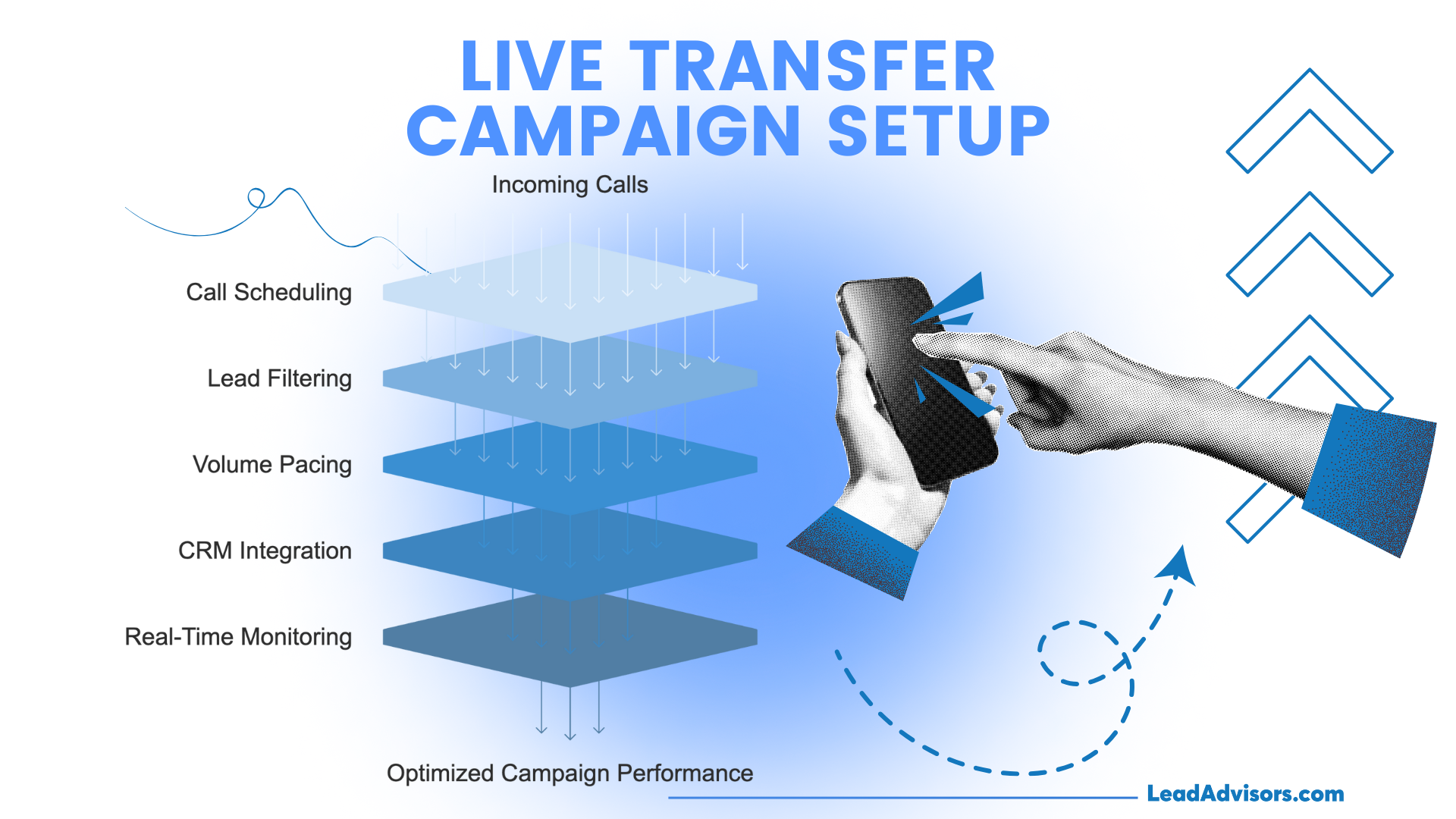
Running a live transfer campaign doesn’t mean losing control – it means gaining control. You can refine everything from the timing of calls to the quality of the leads to reflect your team’s working pattern and conversion targets.
Here’s what you can manage on your end:
- Call Scheduling
You can choose when calls come in based on your team’s availability. You can also control by time zone, working hours, and rep shift schedules to avoid missed opportunities. - Lead Filtering
Target only the qualified leads that matter. Filter by location, income, debt amount, product type (like auto vs. health insurance), or other key criteria. - Volume Pacing
Decide how many live transfers you want per hour or day. Run a slow drip for consistency, or a high-volume blitz to hit aggressive sales targets. - CRM Integration
Automatically sync every transfer lead to your CRM. Trigger workflows like scoring, tagging, segmentation, and automated follow-up tasks. - Real-Time Dashboards
Track real-time performance – call activity, conversions, agent response times, and other metrics – so you can optimize during campaigns.
You’re on the pipeline, not a victim of the pipeline.
Compliance, QA & Legal Best Practices
Working with live transfer leads the right way, sounds more like a philosophy, and it does… It’s the difference between chunking out volume for short periods of time and actually protecting your business and remaining on the right side of the law. Maintain compliant, secure, and high-quality campaigns with these tips:
TCPA Compliance (Inbound & Outbound Transfers)
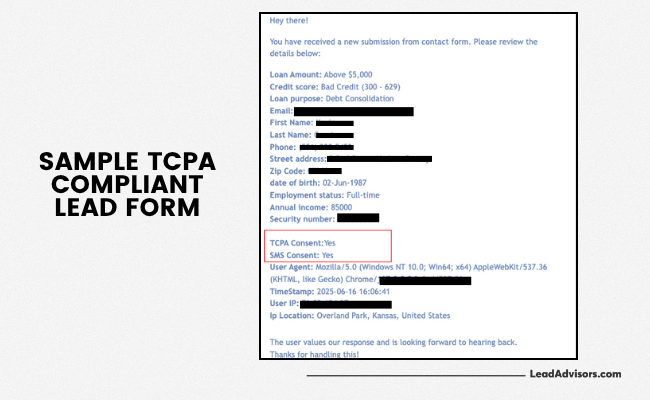
Consumer approval is required before your team gets a live call. This involves ensuring that you have legitimate opt-in verbiage, logging proof of opt-in (IP and timestamp), and frequently auditing your lead sources. Whether you’re calling out or accepting transfers, TCPA violations can add up to thousands of dollars per call, so don’t mistake this step for optional.
Call Recording Laws by State
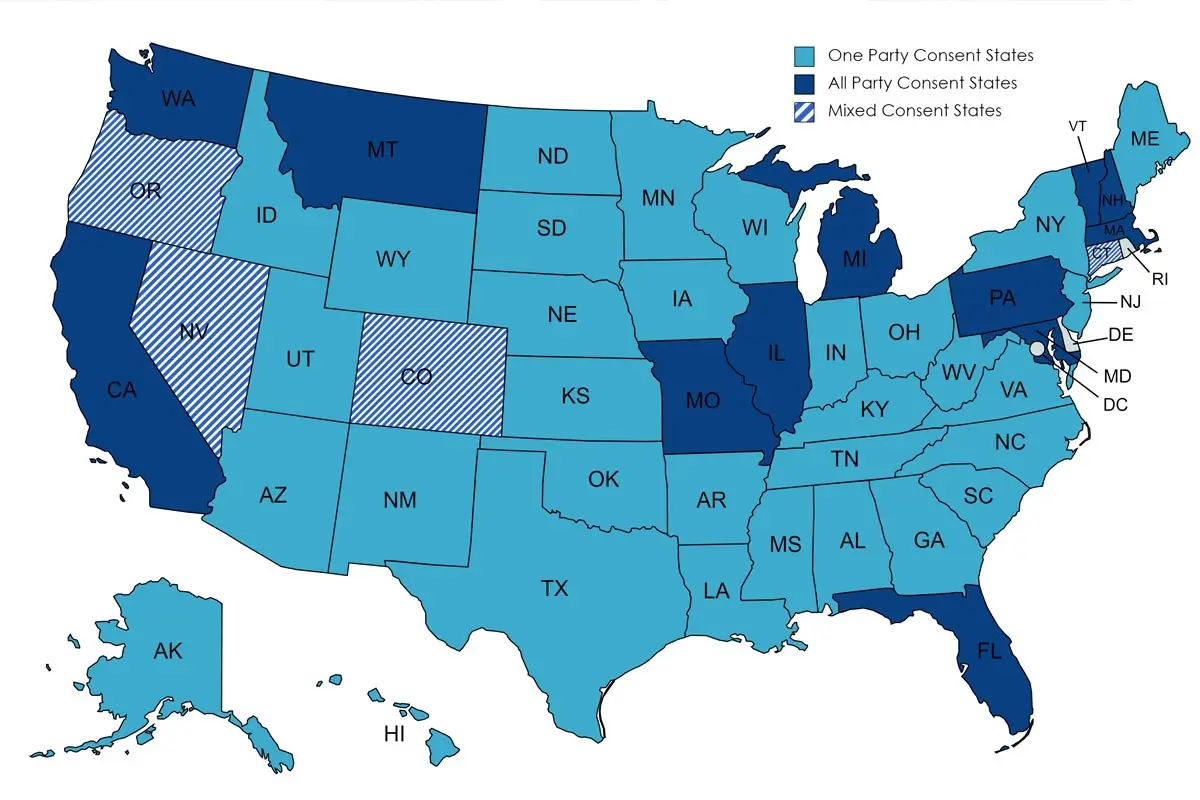
Some states require one-party consent, while others require consent from all parties involved. For live transfers you are recording, your script must include the most accurate legal language for the caller’s state. It’s one line, but it can save you a legal headache later.
Quality Monitoring with Tools like QAcall
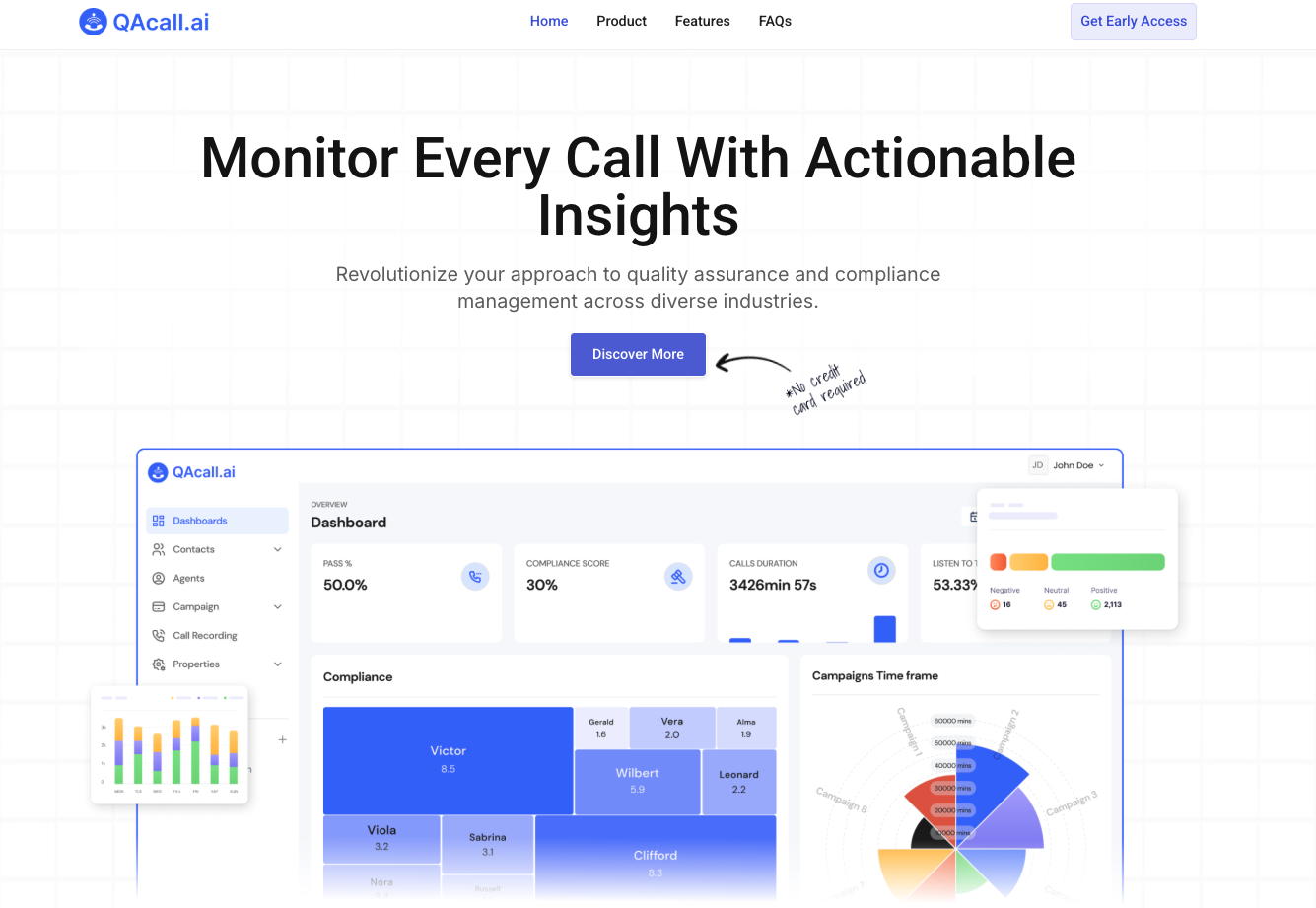
QAcall and similar platforms help ensure your live transfers stay compliant and effective. Look for:
- Sentiment scoring to catch frustrated or disengaged callers
- Missed script detection to identify where agents skip required phrasing
- Call tagging by agent or outcome to track trends.
- CRM syncing to log, route, and segment leads instantly
These are solutions that not only solve issues but also help your team improve.
Data Security & Industry Compliance (PII, HIPAA)
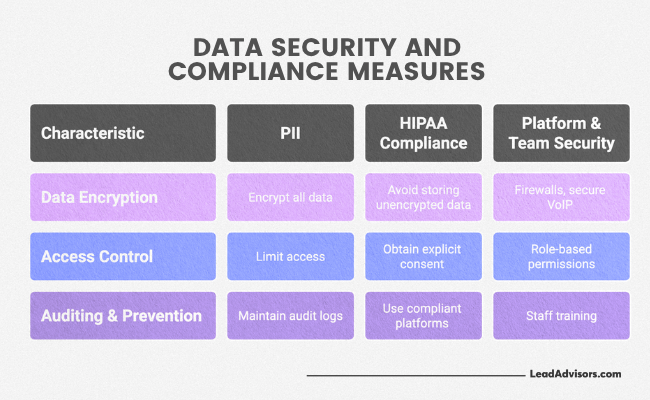
If you deal with sensitive information, such as Social Security numbers, health information, or payment information, you want your systems to be mission-critical. That may involve encrypting lead data, limiting permissions exclusively to approved team members, and complying with HIPAA regulations if you work in insurance or healthcare.
Doing it right on the compliance side also involves building trust with regulators, customers, agents, and longtime partners.
Pricing Models & Conversion Benchmarks
When you purchase live transfer leads, not all price models are the same. The right setup for you will be determined by what you want to accomplish, the number of people on your team, and your comfort level handling live inbound phone calls.
Here’s a quick primer on the three most common pricing models and what to look out for with each:
| Pricing Model | Pros | Considerations |
| Per Transfer | Pay only when you get a qualified lead on the line | You’ll need clear filters to avoid unqualified or unready prospects |
| Per Minute | Lower cost to start; pay as you go | You risk paying for long, unproductive calls if the lead isn’t serious |
| Hybrid | Flexibility to scale and test | Works best if you set clear KPIs and conversion goals |
Conversion Benchmarks:
On average, live transfer campaigns convert between 15% to 30%, depending on the industry and lead quality. That’s a major upgrade from the 3–5% average you’ll see with traditional internet leads or shared form fills. With great scripts, responsive agents, and good filters, you can absolutely hit, or even exceed, that range.
Understanding your pricing model and managing expectations around it is also vital to getting the most out of each transfer lead. Match it with your team’s capabilities, and you will scale faster and not burn through budget.
Recommended Tools for Running Live Transfer Campaigns
You could have the best live transfer leads in the world, but if you don’t have the infrastructure in place to funnel, route, and track them, you could fall right on your face (quickly!). Here’s a toolkit to run smoother campaigns, keep your team sharp, and get the most out of every call.
| Tool Type | Recommended Software | Purpose |
| QA & Compliance | QAcall, HeyCX | Track call quality, record phone calls, and maintain TCPA/state compliance. |
| CRM | HubSpot, Salesforce | Track lead source, outcomes, follow-up steps, and deal progress |
| Call Routing & Dialers | Ringba, Convoso, Five9, HeyCX | Real-time lead routing, scripting, rep handoffs, and load balancing |
| Call Scripting | HeyCX | Create campaign-specific scripts and guide reps with real-time workflows |
| Analytics | Google Analytics, HeyCX | Track agent performance, call outcomes, and campaign-level insights |
| Automation | Zapier, Twilio, HeyCX API | Automate lead-to-call handoffs, tagging, notifications, and CRM syncs |
These features don’t just make life simpler; they actually make scaling your live transfer campaigns easy. With real-time tracking, flexible scripting, and smart automations, your sales team can do what they do best: close the deals.
How to Get Started (Step-by-Step)
Operating a live transfer lead campaign may sound complicated, but if you follow the right steps, you can make it work – even if you are starting from scratch. Here’s how to construct a campaign that puts you in touch with qualified prospects in real time.
1. Identify Your Audience and Intent Triggers
Begin by defining who you want to talk to. Are they homeowners with high electric bills or individuals who are actively looking for health insurance? Your campaign should center around that ideal customer profile – and the actions they take that indicate they’re ready to buy (submitting a form, clicking a CTA, dialing an 800 number).
2. Choose Your Qualification Criteria
Not all leads should reach your sales team. Decide which filters are important: location, income level, credit score, amount of debt, and type of insurance needed. Transparent qualifiers mean only the highest of high-intent prospects are passed to your agents.
3. Set Call Times, Pacing, and Lead Filters
Define when and how often you want live calls routed to your team. Do you want a few inbound transfers trickling in during slow hours or a fast burst during peak sales windows? You control pacing, availability, and lead filters to match your team’s workload and goals.
4. Integrate Your CRM and Call System
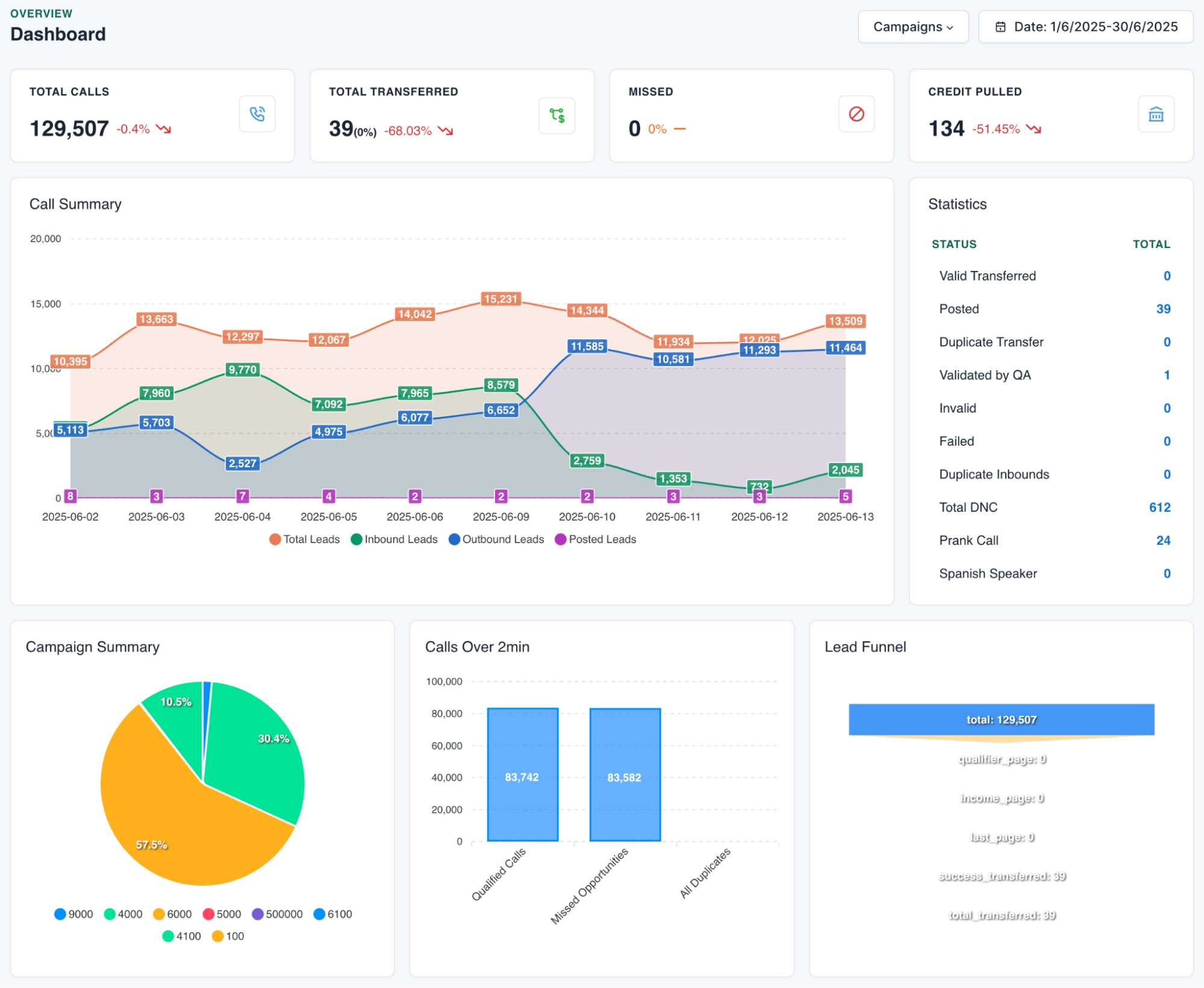
Integrate your CRM (this can be HubSpot or Salesforce, for example) with your dialer or call platform (Ringba or HeyCX can do the job). That way, you can monitor each lead by tagged campaign and automate follow-up to avoid dropping the ball.
5. Launch Your Campaign
When you’ve got your filters, scripts, reps, and routing rules all in place, it’s time to hit the live switch. It’s time to ready your sales reps, fire up your QA tools, and let your team know exactly how a flawless transfer is supposed to look.
6. Monitor and Optimize
Watch the performance from day one. Review call recordings, score leads directly in your CRM, tag call outcomes, and adjust scripts as necessary. Leverage QA tools to identify trends and consistently iterate on how your team processes live transfer leads.
Take the time to set each of these right, and you will aggressively scale fast, with control, confidence, and real ROI.
Frequently Asked Questions
What is the average wait time until I receive a live transfer call?
How can the quality of affiliate partners be ensured?
What happens if a transferred lead hangs up before we answer?
Can I turn my campaign on and off, scale it in real time?
Are live transfer leads only for phone-based sales teams?
Conclusion: Scale Smarter With Real-Time Conversations
One thing we do know for sure, though, is this: live transfer leads are the perfect combination of everything a business could ask for: speed, effectiveness, and real-time interaction with interested prospects who actually want to speak to you.
Done right, they do more than just increase conversions – they simplify your sales process as a whole, save your sales reps a ton of time, and get you in front of the exact people who are seeking the product or service that you offer.
But there’s a catch: You don’t luck into success with live transfers. That requires having the right tools, clear qualification frameworks, well-trained reps, and a campaign strategy built for real-time impact.
Does that sort of sound like something your team’s ready to step into?
Schedule a Free Live Transfer Strategy Session
Let’s build your pipeline smarter, starting now.



